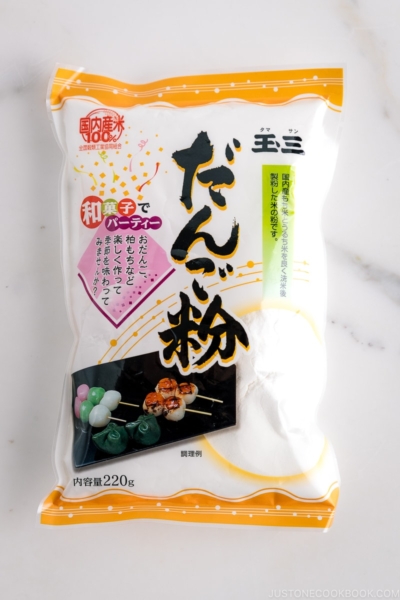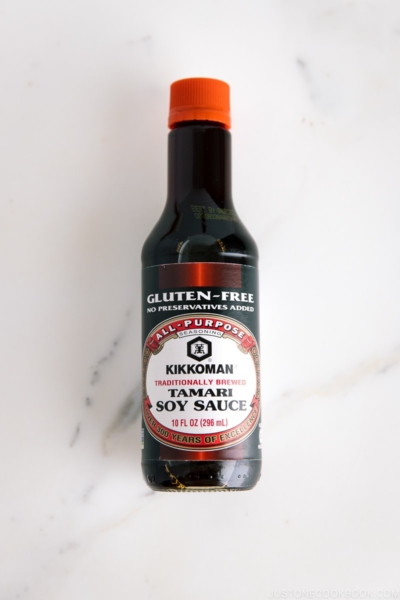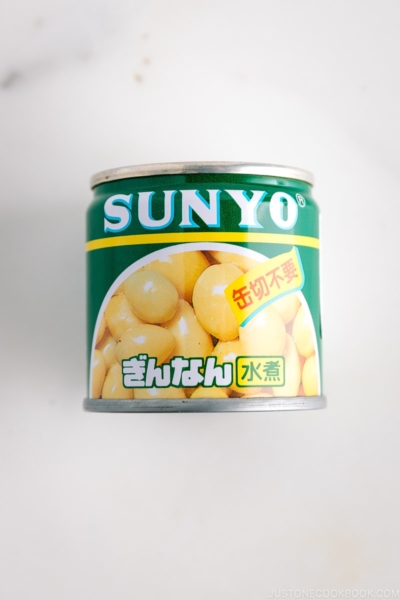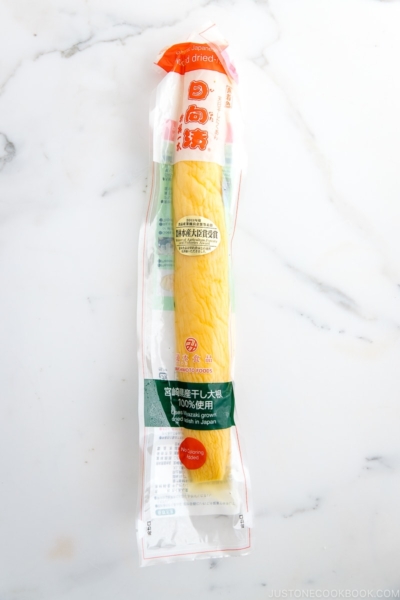Wood ear mushrooms are edible mushrooms. It has a delightfully gelatinous and crunchy texture. It’s a popular ingredient in Asian cuisines known for its medicinal properties.
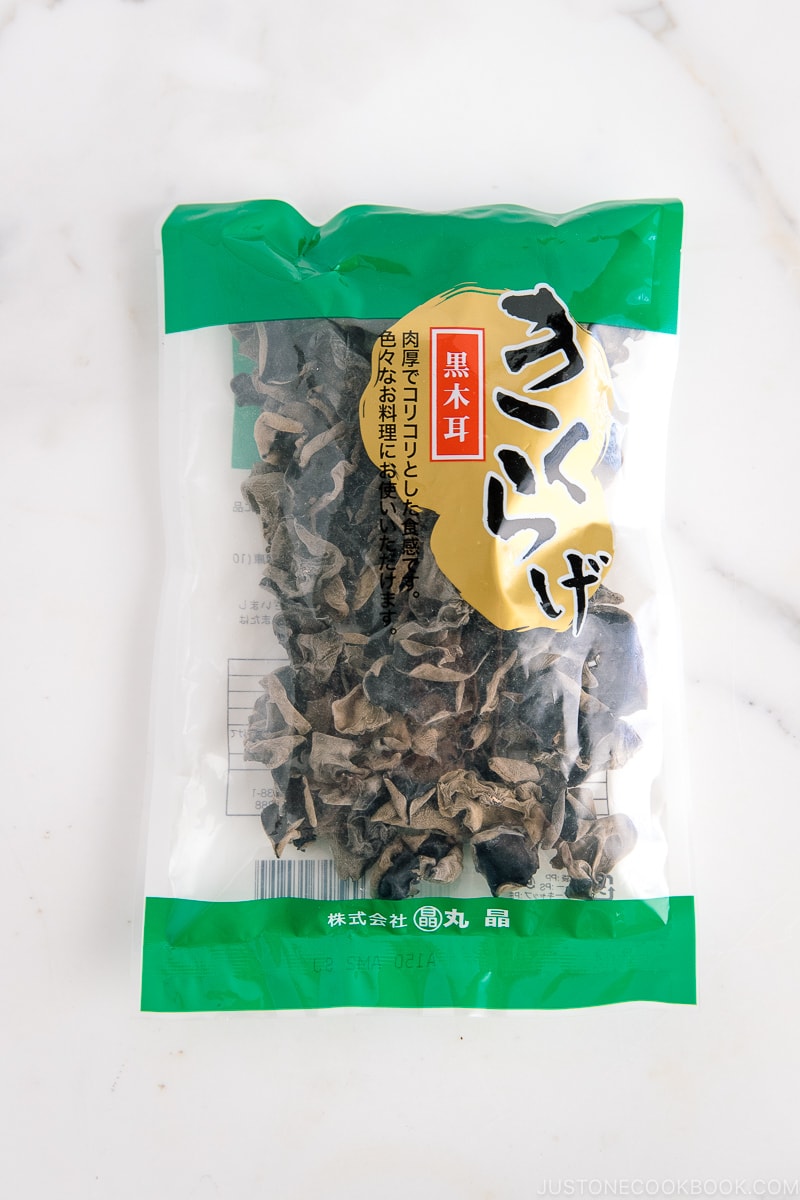
Dried wood ear mushrooms (きくらげ) are a type of black fungus that have the appearance of black trumpet mushrooms. Native to China, the fungus is called cloud ear fungus, wood fungus, black mushrooms, tree ear fungus, Judas’s ear, jelly ear, jew’s ear, cloud ear mushroom, hei mu-er, and kikurage.
Table of contents
What Is Dried Wood Ear Mushroom
Wood ear mushrooms (Auricularia auricula-judae) are edible fungi that take their name from growing on the sides of decaying trees and shrubs, mainly elder trees. It grows in humid and temperate forests. The broad, flat shape of the mushroom makes the tree look like it has ears.
They are used in Asian cooking, especially in Chinese cuisine. You have probably tasted wood ear mushrooms in Chinese hot and sour soup, stir-fried dishes, and salads.
It’s native to Asia, Australia, Europe, and Africa.
What Do They Taste
They have a crunchy and rubbery texture and have a delicate forest aroma. It has wavy edges and folds with some wrinkles.
When cooked, the mushrooms will take on flavors from other ingredients and add texture to the dish.

How To Use
Dried wood ear mushrooms are hard, brittle, and inedible. To use it, reconstitute it in a large bowl with hot water for 15-30 minutes. Note that the mushrooms can expand 3-4 times in size.
When reconstituted, they turn into a large wavy black mushroom. Clean them well, and trim off the stems with kitchen scissors. Slice the mushrooms into matchsticks. The soaking liquid does not add flavor, so discard it. Add the rehydrated mushrooms toward the end of your cooking to retain their chewy texture.
If using raw mushrooms, clean them well and add them directly into your cooking.
The Japanese use the mushrooms in many Chuka Ryori recipes, such as noodle soups and stir-fries.
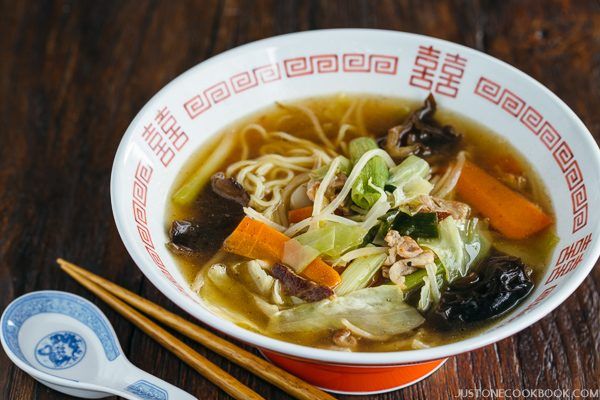
Where To Buy
You can find wood ear mushrooms at Japanese and Asian markets, either in fresh or dried form.
How To Store
Keep dry mushrooms in a cool place with low humidity, and like other dried foods, avoid moisture. You can transfer them to a clean jar once you open the package. Store reconstituted mushrooms in a container or bowl with clean water in the refrigerator.
Health Benefits
Like many mushrooms, they are low in calories and high in protein, dietary fiber, vitamin D, calcium, potassium, and antioxidants. It can improve iron deficiency, reduce inflammation, lower cholesterol levels, and regulate gut health. In traditional Chinese medicine, it is believed to have immune-enhancing and antimicrobial properties.
Wish to learn more about Japanese cooking? Sign up for our free newsletter to receive cooking tips & recipe updates! And stay in touch with me on Facebook, Pinterest, YouTube, and Instagram.
